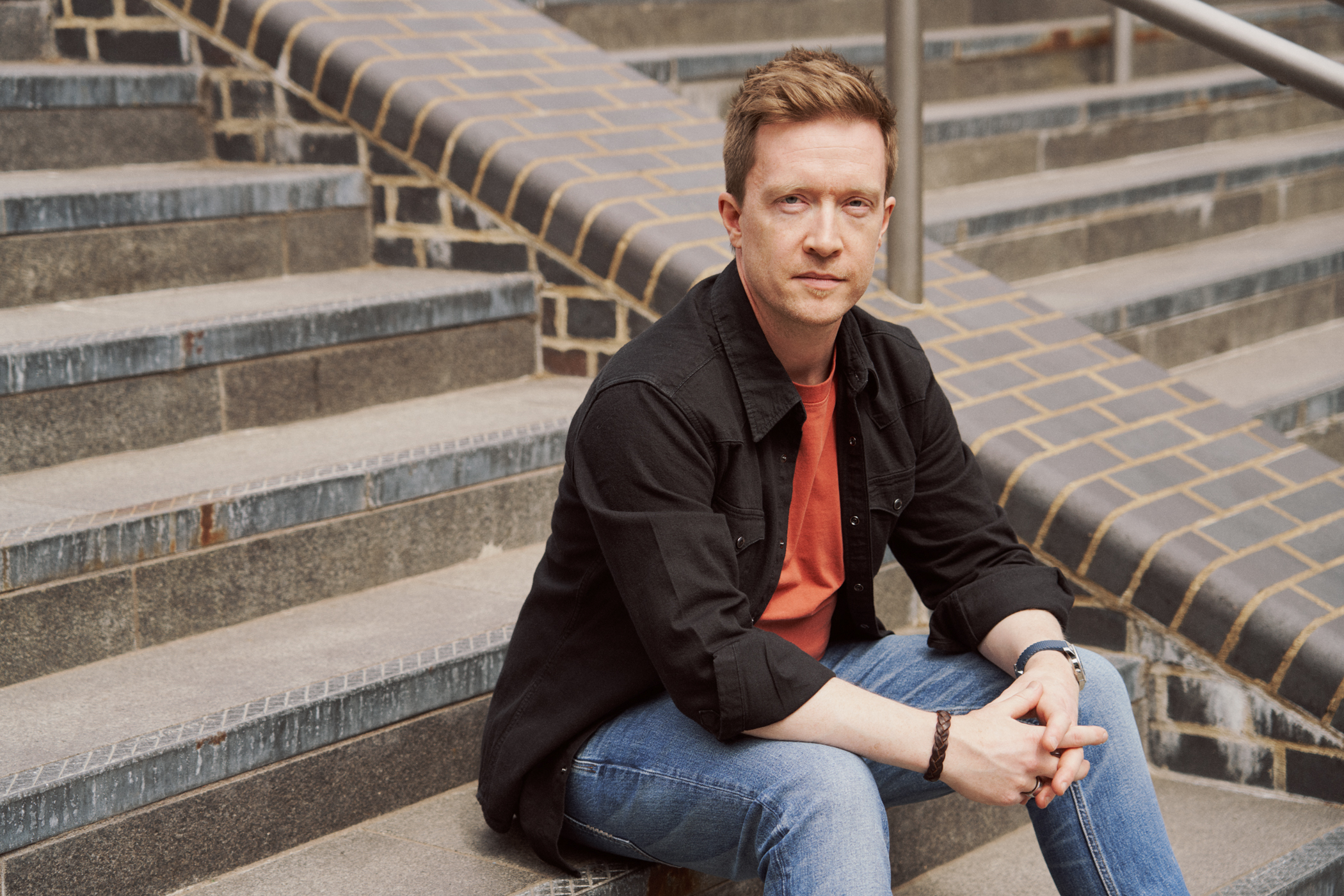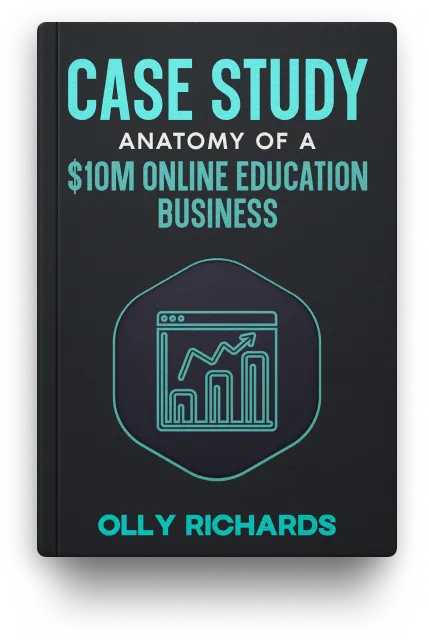My first ever experience of trying to make a high-ticket offer almost put me off for life.
Here’s what happened:
It was 2015, and I’d just joined Russell Brunson’s Inner Circle.
Put $25k that I couldn’t afford on a personal credit card.
(That’s how green I was… putting business expenses on a personal credit card!)
Anyway, so we’re at the Inner Circle meeting and I stand up in front of the group. 20-ish heavy-hitters staring back at me.
“So, Olly, whaddya got?”
Not much, as it turned out.
Not much at all.
My business at the time was simple:
1 blog + 1 course.
And I was making maybe $3k/mth.
The conversation went immediately to one place:
”What can you make that you can charge $10k for?”
This question was so uncomfortable I literally felt my skin crawl.
Me? Charge $10k for something?
Get outta town!
In my mind, it wasn’t remotely within the realm of possibility.
But I accepted the challenge…
And I made the high-ticket offer.
Granted, I totally screwed it up, but I made it.
…
What’s that? You want to know how I screwed it up?
Oh, alright then…
Here goes…
I tried to do waaaaay to much.
See, when you’re new to higher-ticket stuff, you get imposter syndrome.
Charging $1,000s for something scares the bejesus out of you.
So, to compensate, you over-build.
Check out everything I tried to do…
- A programme to learn Spanish
- 6 months of group calls with me
- Extra practice sessions with a Spanish teacher
- Daily homework exercises
- …and a group trip to the Canary Islands for good measure!
The cost?
Wait for it…
$5,000.
It’s all I dared charge.
I tell you what, it’s a good job I didn’t actually run this bloody thing, or I would have lost twice the money it cost me.
Anyway, here’s what I got wrong:
I made the classic mistake of thinking that people buying high-ticket want more.
So I stuffed the programme full of stuff in a desperate attempt to prove my value.
What I should have done:
Give them less stuff, but help them do it better.
See, high-ticket people typically value their time more than others, expect higher levels of service, and are willing to pay more to get faster results.
(Simple example: I took up tennis recently. But I don’t want to waste my time in a group lesson with 9 others, so I’m taking private lessons. And as a result, I’ll be on centre court at Wimbledon next year. But I digress.)
So…
Instead of giving them more…
You should give them less.
With high-ticket, you need to provide implementation and accountability to help your students get results faster and more easily.
That’s what I messed up with my first high-ticket offer.
Fast-forward 7-ish years and I tried the high-ticket language offer again.
This time, I’d learned my lesson.
Like a pensioner who’d finally worked out how to use contactless payment.
I’d learnt that I needed to help my language students get results, I didn’t need to give them more stuff.
Rather, I needed to help them with implementation of our StoryLearning method.
Our method works…
They just weren’t doing it!!!
So I took my existing StoryLearning curriculum, and I layered on top a few key ingredients needed to help them implement:
- Accountability (so they do the work)
- 1:1 help (so they get the opportunity to practise)
- Personalised curriculum (so they learn efficiently)
None of that “flying to the Canary Islands” nonsense.
Worked like a charm.
Students who had been floundering for years, finally got results and saw their language skills transform in just 10 weeks.
As a result, our coaching offer is now one of the fastest-growing parts of the business.
And get this — the single largest group of new coaching students is people who already bought the course, and then upgrade to coaching.
Why?
For the implementation.
So, heed the lesson here…
When designing a high-ticket offer, don’t try to reinvent your method or system.
It’s not your system that’s broken.
You just need to make them do it.
Your unique method is the secret sauce.
And this is also what makes high-ticket easy, and allows you not to be involved in operations at all.
Namaste,
Olly

